
Combating Fraud in the Supply Chain
“It’s not enough just to manage your own company’s supply chain anymore,” writes Ben DiPietro (@BenDiPietro1).[1] By that he means that supply chains are no longer linear or sequential; rather, they are part of
In this blog, we discuss cognitive computing and other technologies with a focus on supply chain management and innovation. Other topics of discussion include digital enterprise transformation, marketing, the Internet of Things, and smart cities. Our goal is to advance the public discussion about how cognitive computing and other advanced technologies affect the world in which we live.
Bradd C. Hayes is the active editor of this blog.

“It’s not enough just to manage your own company’s supply chain anymore,” writes Ben DiPietro (@BenDiPietro1).[1] By that he means that supply chains are no longer linear or sequential; rather, they are part of
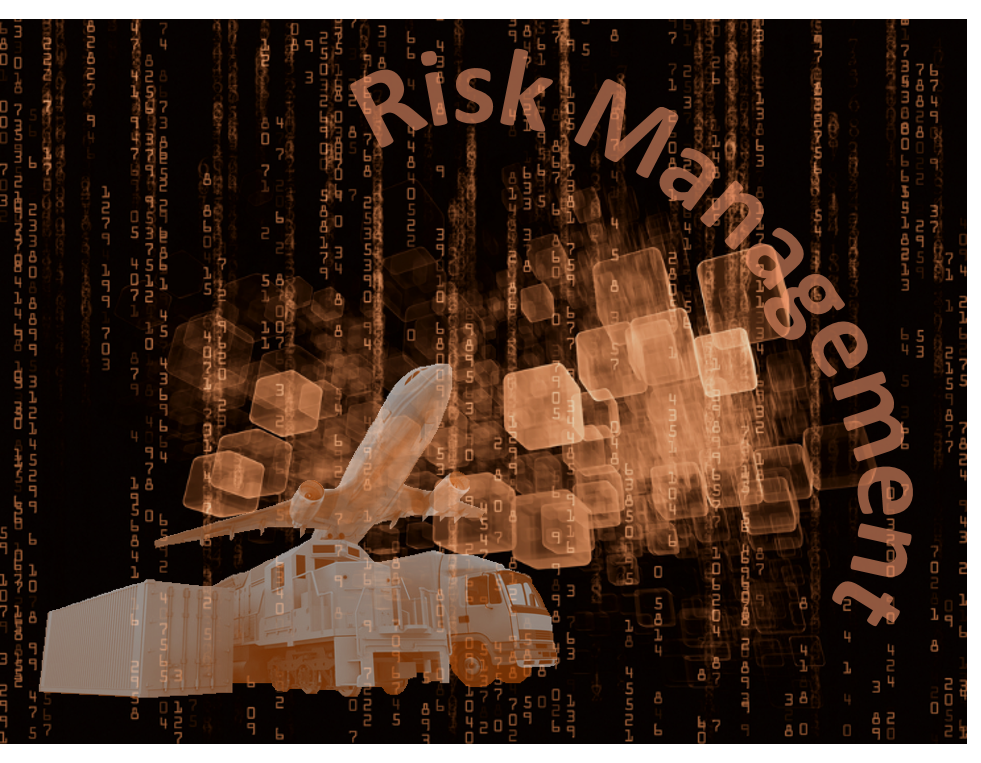
“There is general unease about the state of the global economy with its increase in operational risk,” writes the staff at Material Handling & Logistics (MH&L).[1] That’s why Adam Robinson (@TweetsByARob), Director
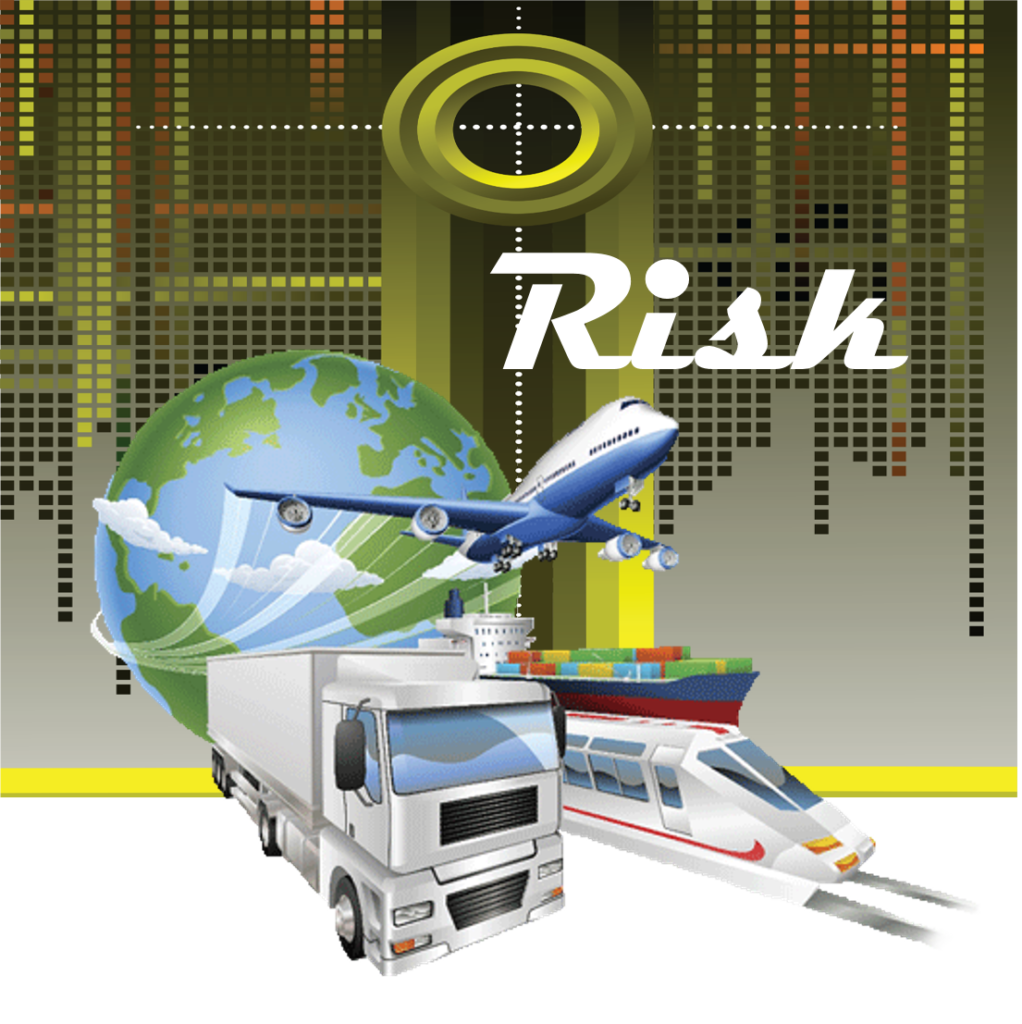
Supply chain risks that result in disruptions continue to cost businesses billions of dollars a year. Gavin van Marle (@LoadstarGav) reports, “New research from the British Standards Institute (BSI) has found that
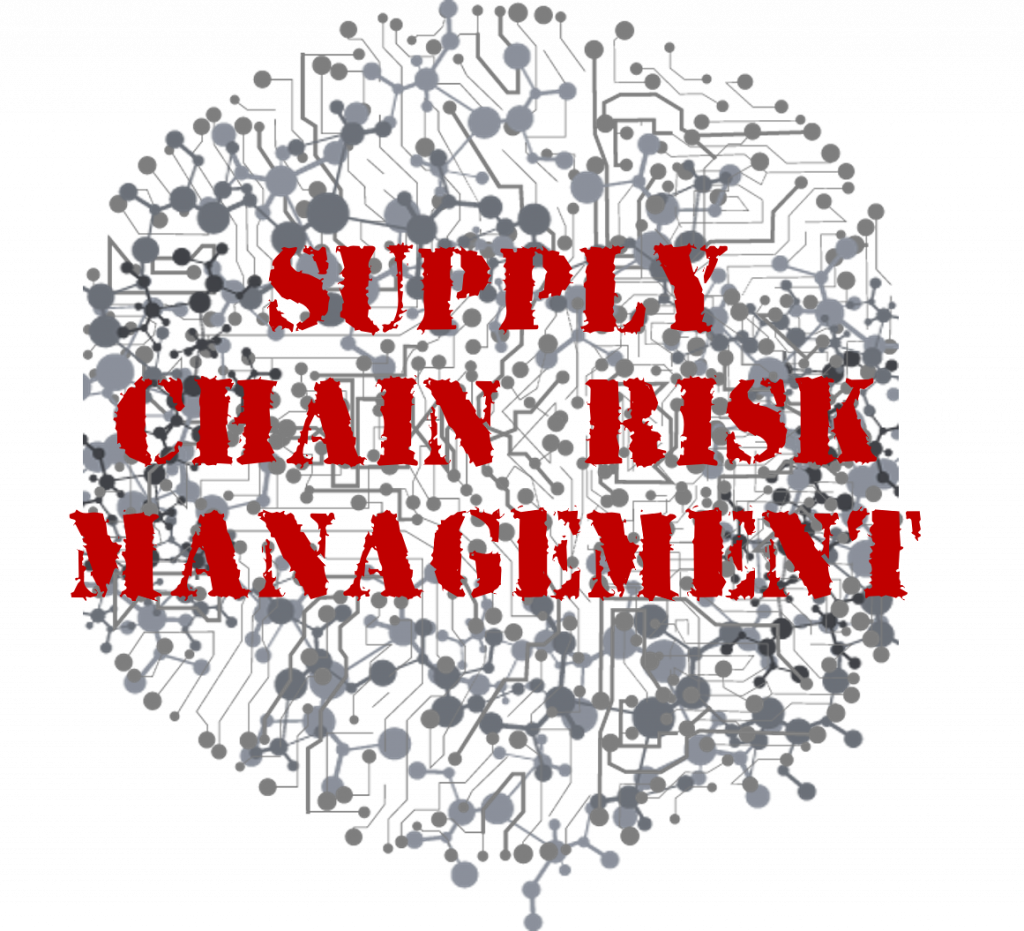
“Supply chains,” writes Abe Eshkenazi (@aeshkenazi), CEO of APICS, “are like the central nervous system in humans — they are complex, integral systems that are constantly interacting with their environment.”[1] Central nervous
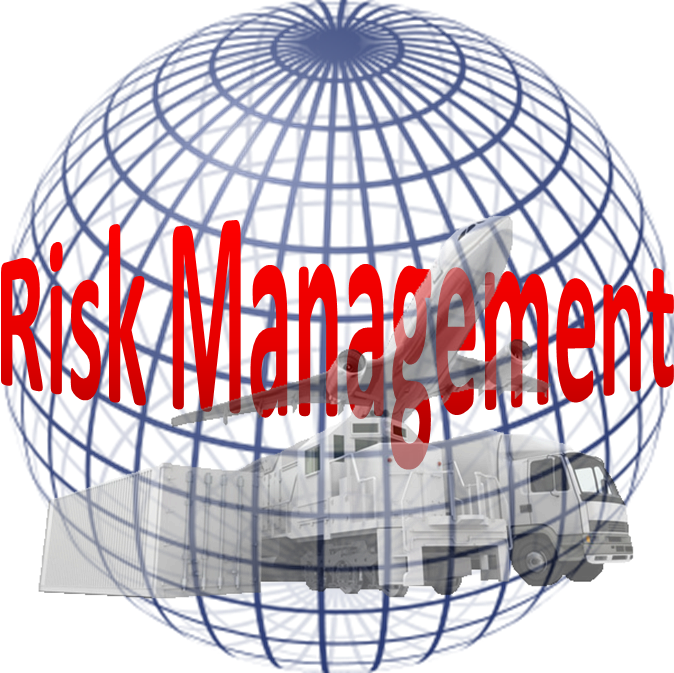
“Supply chain practitioners, accustomed to the ongoing disruptions throughout the sub-tier supply chain, are familiar with the usual risks that threaten supply chain continuity: factory fires, port disruptions, force majeure, chemical spills,
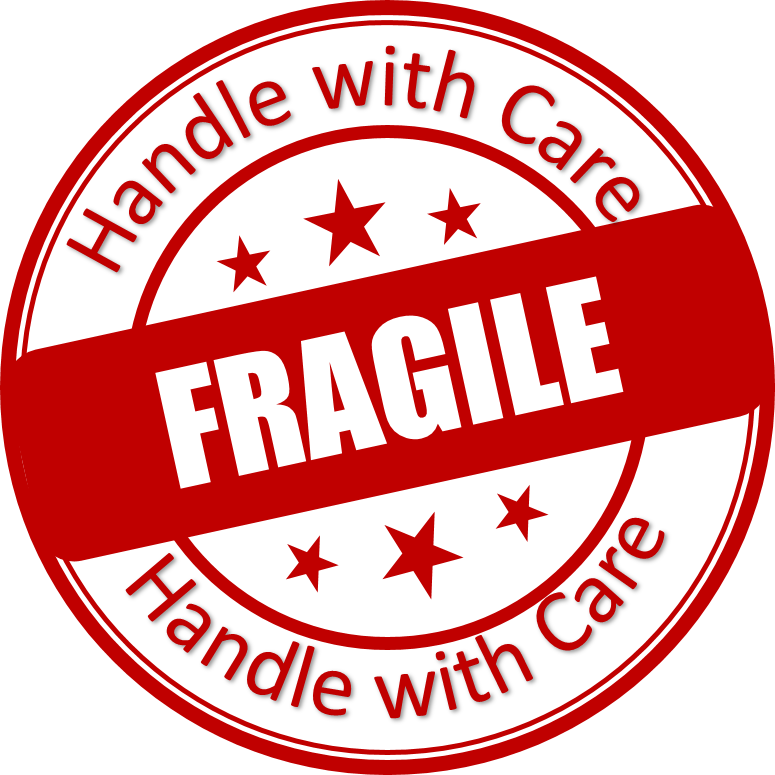
“Scratching an itch never makes it go away,” writes Thomas P.M. Barnett (@thomaspmbarnett), former Vice President for Communications at Resilient Corporation, “even as it feels immediately good.”[1] In the area of supply
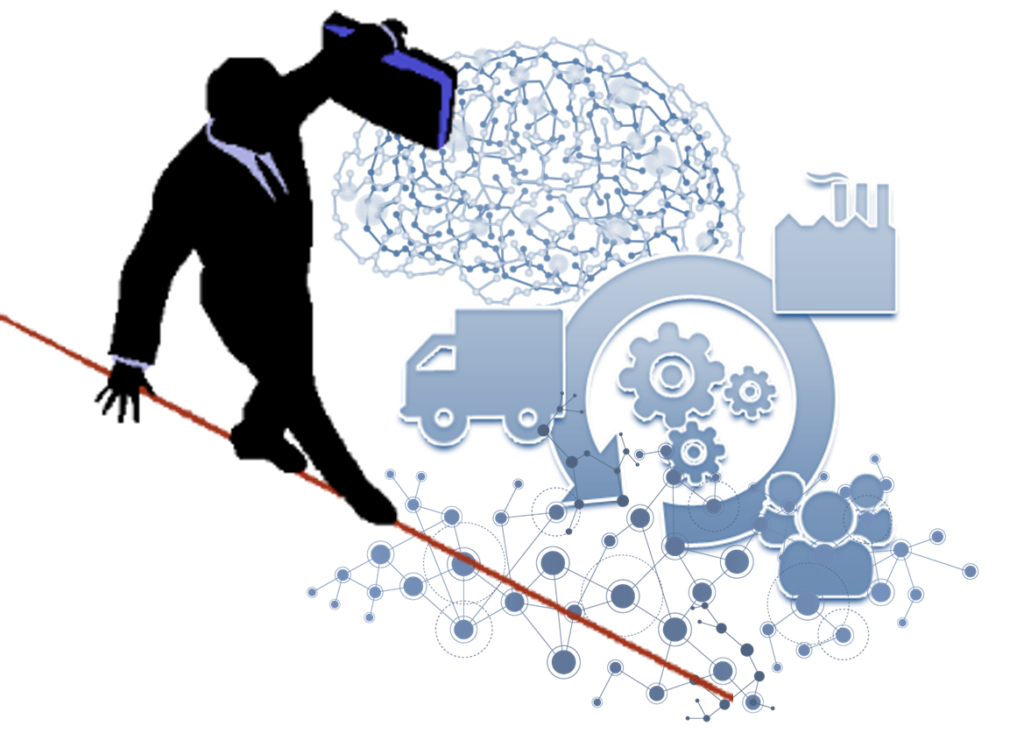
“Resiliency,” writes Aaron Burman, “has become an overused buzzword. Every field seems to have their own need to talk about being resilient.”[1] Burman may be correct about resiliency being a buzzword, but

“The El Niño phenomenon,” writes Erica E. Phillips (@EEPhillips_WSJ), “is behind extreme weather patterns seen from India to Panama. With the effects, ranging from heavy rains to severe drought, expected to last
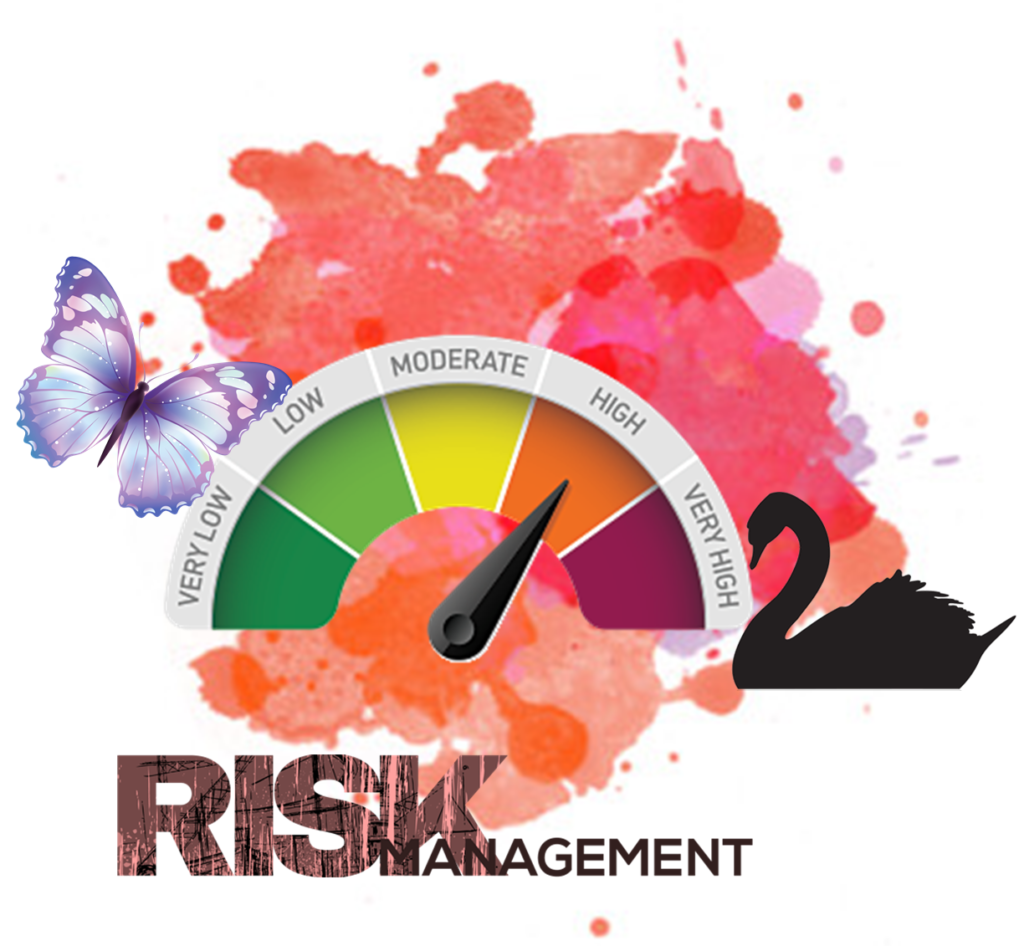
“The ‘butterfly effect’,” writes Yolanda Graham, “was a term coined by mathematician, meteorologist and chaos theory expert Edward Lorenz around 1960. It refers to how one small incident can have a huge
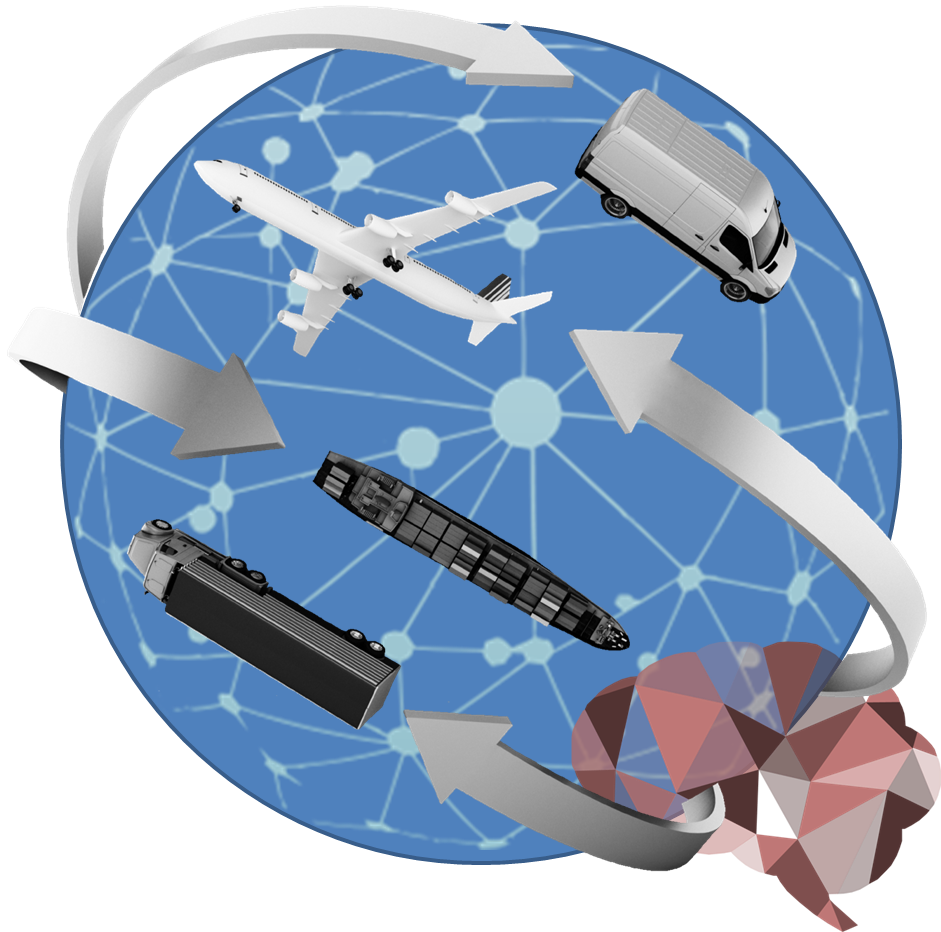
“The results for Q3 2015 are in on the state of global supply chain risk,” reports Dr. Warwick Knowles, Dun & Bradstreet’s Deputy Chief Economist, “and indicators point to a conflicted global
All Rights Reserved. Privacy Policy | Terms and Conditions ©2024 Enterra Solutions LLC® | Click for Accessibility

inquiries@enterrasolutions.com

One of our team members will reach out shortly and we will help make your business brilliant!